Home>Gardening & Outdoor>Outdoor Entertaining>How To Keep Bees Away From Picnic
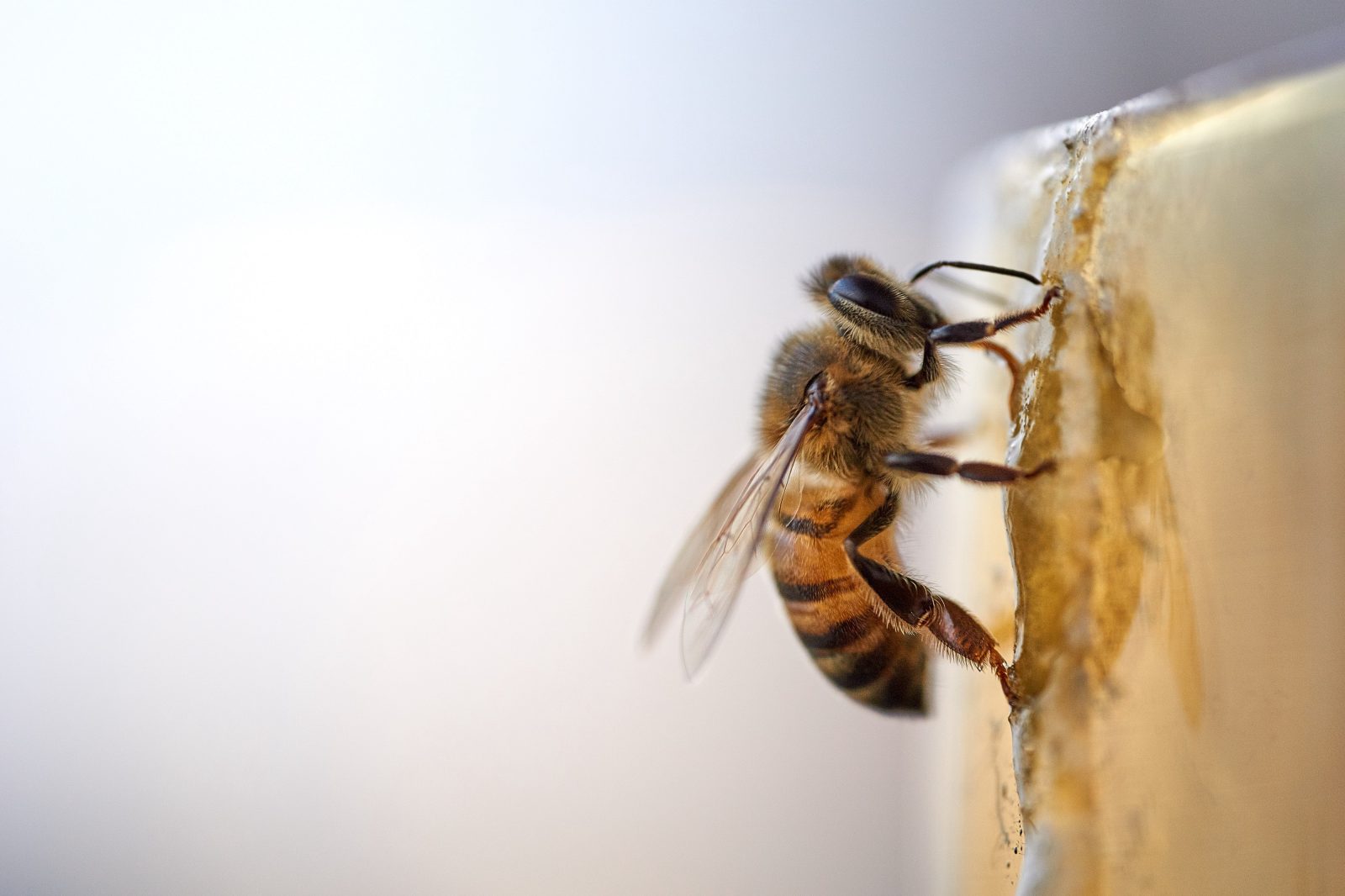

Outdoor Entertaining
How To Keep Bees Away From Picnic
Published: January 16, 2024
Learn effective ways to keep bees away from your outdoor entertaining area. Discover tips for a bee-free picnic and enjoy your time outdoors without any unwanted guests.
(Many of the links in this article redirect to a specific reviewed product. Your purchase of these products through affiliate links helps to generate commission for Storables.com, at no extra cost. Learn more)
Introduction
Planning a picnic can be an exciting endeavor, offering the perfect opportunity to bask in the beauty of the great outdoors while enjoying delicious food and quality time with loved ones. However, the presence of bees can quickly turn a delightful picnic into a buzzing battle. While bees are crucial to our ecosystem and should be protected, it's understandable to want to keep them at a respectful distance during your outdoor gathering.
In this comprehensive guide, we will explore various strategies for creating a bee-free picnic environment without causing harm to these essential pollinators. From understanding bee behavior to implementing natural repellents and setting up traps, we will cover everything you need to know to ensure a peaceful and enjoyable outdoor dining experience. So, grab your picnic basket and let's dive into the world of bee-friendly outdoor entertaining!
Key Takeaways:
- Plan a bee-free picnic by using natural repellents like citrus peels and mint plants, and setting up non-harmful bee traps to create a peaceful outdoor dining experience.
- Understanding bee behavior and strategically planning your picnic setup can help minimize bee activity while respecting their vital role in the ecosystem.
Read more: How To Keep Bugs Away From A Picnic
Understanding Bee Behavior
Before delving into methods for keeping bees away from your picnic, it’s essential to understand the behavior of these fascinating insects. Bees are naturally attracted to sources of food, particularly sweet and fragrant items. They are also drawn to bright colors, floral patterns, and certain scents, making a picnic spread a prime target for their foraging instincts.
It’s important to note that bees are not inherently aggressive and typically only sting when they feel threatened or perceive a direct danger to their hive. When a bee stings, it releases a pheromone that signals other bees to defend the area, potentially leading to a swarm. Therefore, remaining calm and avoiding sudden movements if a bee approaches is crucial in preventing any unnecessary disturbances.
Additionally, bees are most active during the warmer hours of the day, particularly when the sun is shining brightly. Understanding these patterns can help you plan your picnic at a time when bee activity is relatively low, reducing the likelihood of encountering a large number of buzzing visitors.
By gaining insight into bee behavior, you can approach the task of creating a bee-free picnic environment with a deeper understanding of these remarkable creatures, fostering a sense of coexistence and harmony with nature.
Natural Bee Repellents
When it comes to deterring bees from your picnic area, natural repellents can be effective while also being environmentally friendly. Here are some natural substances and strategies you can employ to discourage bees from encroaching on your outdoor dining experience:
- Citrus Peels: Bees are known to be sensitive to strong citrus scents. Placing citrus peels, such as those from lemons or oranges, strategically around your picnic area can help deter bees. The potent aroma acts as a natural repellent, encouraging the bees to seek sustenance elsewhere.
- Cucumber Slices: Similar to citrus peels, the scent of cucumber slices can repel bees. Placing these slices in areas where bees are unwanted can help create a barrier that discourages their presence.
- Eucalyptus Oil: Diluting eucalyptus oil with water and spraying it around your picnic site can serve as an effective bee repellent. The strong, minty fragrance is known to deter bees while adding a pleasant aroma to the surroundings.
- Mint Plants: Growing potted mint plants near your picnic area not only adds a touch of greenery but also emits a scent that bees find unappealing. The refreshing fragrance of mint can help keep bees at bay while enhancing the ambiance of your outdoor gathering.
- Clove Essential Oil: A few drops of clove essential oil mixed with water and sprayed in the vicinity of your picnic can act as a natural bee repellent. The potent and spicy aroma is known to discourage bees from lingering in the area.
It’s important to remember that these natural repellents are intended to create a deterrent effect rather than to harm the bees. By incorporating these substances into your picnic setup, you can help create a bee-free zone while respecting the vital role that bees play in our ecosystem.
Place a few slices of cucumber or a few sprigs of mint around the picnic area to help keep bees away. They are natural repellents for bees.
Setting Up Bee Traps
For those seeking a proactive approach to minimizing bee presence during a picnic, setting up bee traps can be an effective strategy. Bee traps are designed to attract and capture bees without causing harm, offering a non-invasive method for managing their numbers in your outdoor dining area. Here are some simple yet efficient ways to set up bee traps for your picnic:
- Sugar Water Traps: Fill a few shallow containers with a mixture of sugar and water to create an enticing trap for bees. The sweet aroma and visual appeal of the solution will attract the bees, allowing you to relocate the traps to a suitable distance from your picnic area once they are occupied.
- Fruit Bait Traps: Placing overripe or rotting fruits, such as bananas or melons, in designated traps can effectively lure bees away from your picnic spot. Once the bees are attracted to the fruit, you can relocate the traps to a more suitable location, providing a safe and appealing alternative for the bees.
- Bee-Friendly Flower Traps: Planting bee-attracting flowers, such as lavender or sunflowers, in designated areas near your picnic can serve as natural bee traps. The vibrant blooms will draw the bees’ attention, providing a visually appealing and environmentally conscious method of managing their presence.
By implementing these bee traps, you can redirect the bees’ focus away from your picnic area while offering them alternative sources of nourishment. It’s important to regularly monitor the traps and relocate them as needed to ensure that the bees are safely and effectively managed without causing harm to them or disrupting your outdoor dining experience.
Creating a Bee-Free Picnic Environment
Transforming your picnic area into a bee-free haven involves a combination of strategic planning and thoughtful execution. By integrating various elements into your outdoor setup, you can minimize the presence of bees while maintaining a welcoming and harmonious environment for both guests and pollinators. Here are some practical tips for creating a bee-free picnic setting:
- Choose the Right Location: Select a picnic spot that is away from heavily blooming flowers and beehives. Opting for an open area with minimal floral activity can reduce the likelihood of attracting large numbers of bees to your gathering.
- Utilize Bee-Repellent Fabrics: Incorporate tablecloths, napkins, and other fabrics treated with natural bee-repellent substances, such as eucalyptus oil or mint, to create a protective barrier around your dining area.
- Opt for Bee-Friendly Food Presentation: When arranging your picnic spread, consider using covered containers or food nets to shield sweet and fragrant items, such as fruits and desserts, from attracting bees.
- Provide Bee-Attracting Distractions: Set up designated areas with bee-friendly flowers or fruit traps at a distance from your dining space to divert the bees’ attention and encourage them to forage away from your picnic area.
- Stay Mindful of Waste Management: Keep your picnic area clean and dispose of food scraps and trash promptly to avoid attracting bees with lingering scents and residues.
By implementing these strategies, you can create a welcoming and bee-free environment for your picnic, allowing you and your guests to savor the outdoor experience without the unwelcome presence of buzzing visitors. It’s important to approach the management of bee activity with respect for these vital pollinators, striving to coexist harmoniously while enjoying the pleasures of outdoor dining.
Read more: How To Keep Flies Away From Picnic
Conclusion
Planning a bee-free picnic involves a delicate balance of understanding bee behavior, implementing natural repellents, setting up traps, and creating a welcoming environment for both humans and pollinators. By incorporating these strategies, you can enjoy a peaceful and enjoyable outdoor dining experience while respecting the essential role that bees play in our ecosystem.
It’s important to remember that bees are not inherently aggressive and typically forage for food without posing a threat to humans. Therefore, creating a bee-free picnic environment should prioritize non-invasive methods that encourage coexistence rather than harm or eradication. By utilizing natural repellents, setting up bee traps, and strategically planning your picnic setup, you can minimize bee activity without disrupting the delicate balance of nature.
As you embark on your picnic adventures, consider the profound impact that bees have on our planet’s biodiversity and food production. Their pollination efforts are crucial for the growth of fruits, vegetables, and flowers, making them invaluable contributors to our natural world. By fostering an environment that respects and accommodates bees, you can contribute to the preservation of their essential role in sustaining a thriving ecosystem.
So, as you spread out your picnic blanket and savor the delights of outdoor dining, take a moment to appreciate the gentle hum of bees in the distance, knowing that you’ve created a harmonious space for both humans and nature to coexist. With thoughtful planning and a touch of creativity, you can revel in the beauty of the great outdoors while ensuring a bee-free and enjoyable picnic experience for all.
Frequently Asked Questions about How To Keep Bees Away From Picnic
Was this page helpful?
At Storables.com, we guarantee accurate and reliable information. Our content, validated by Expert Board Contributors, is crafted following stringent Editorial Policies. We're committed to providing you with well-researched, expert-backed insights for all your informational needs.
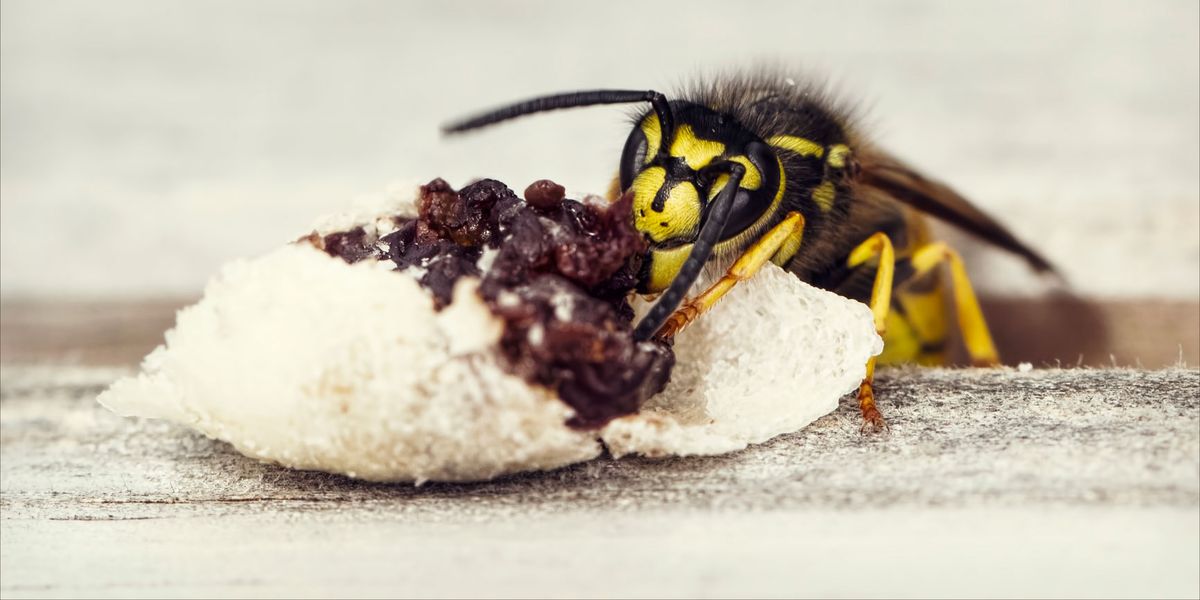
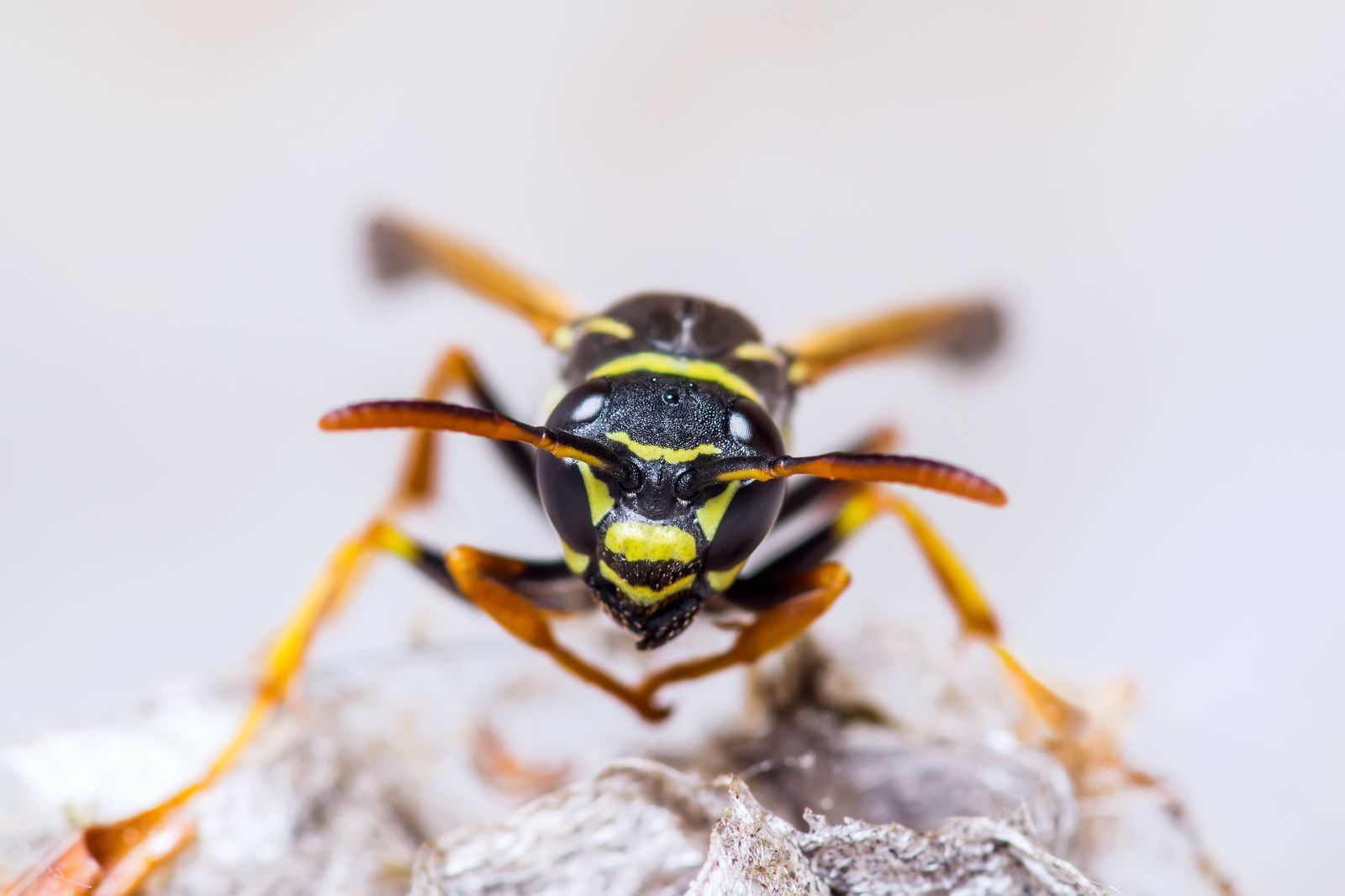
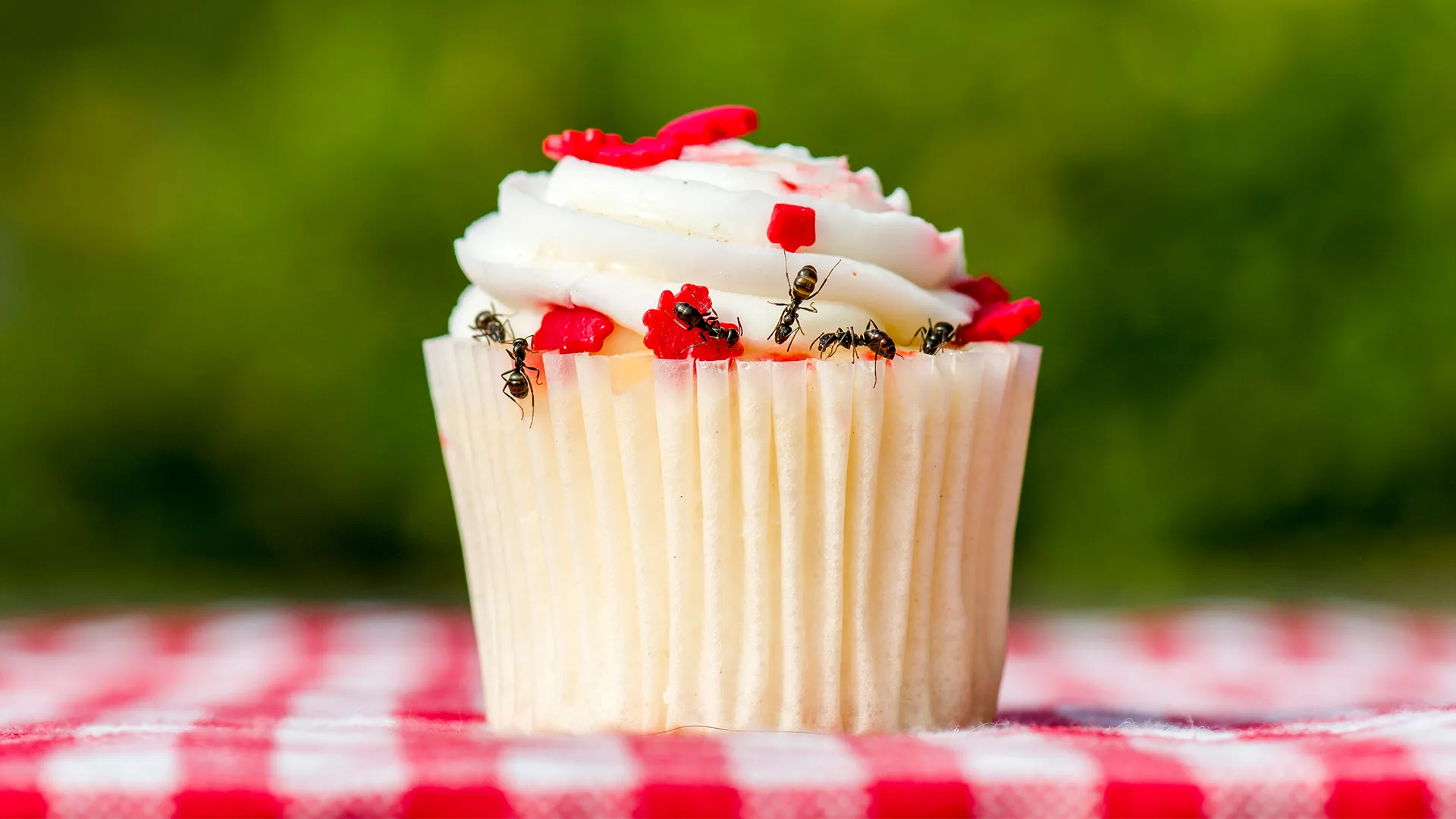
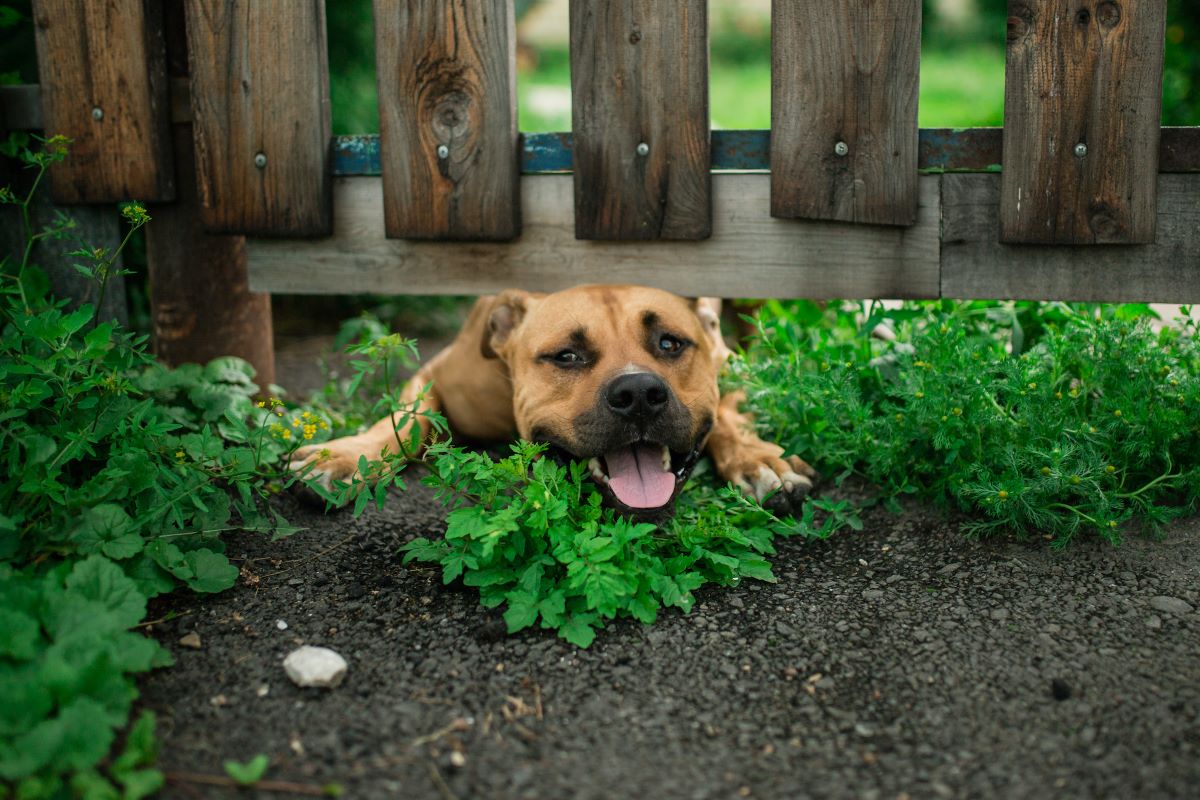
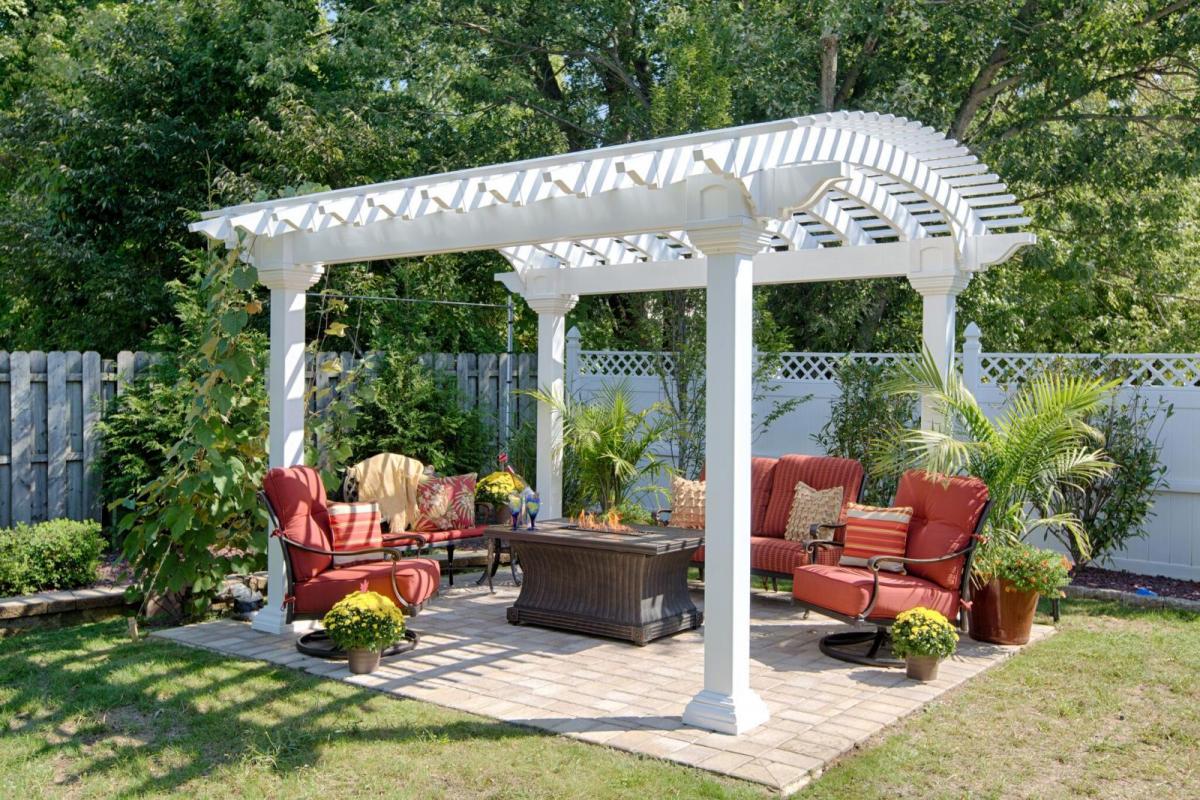
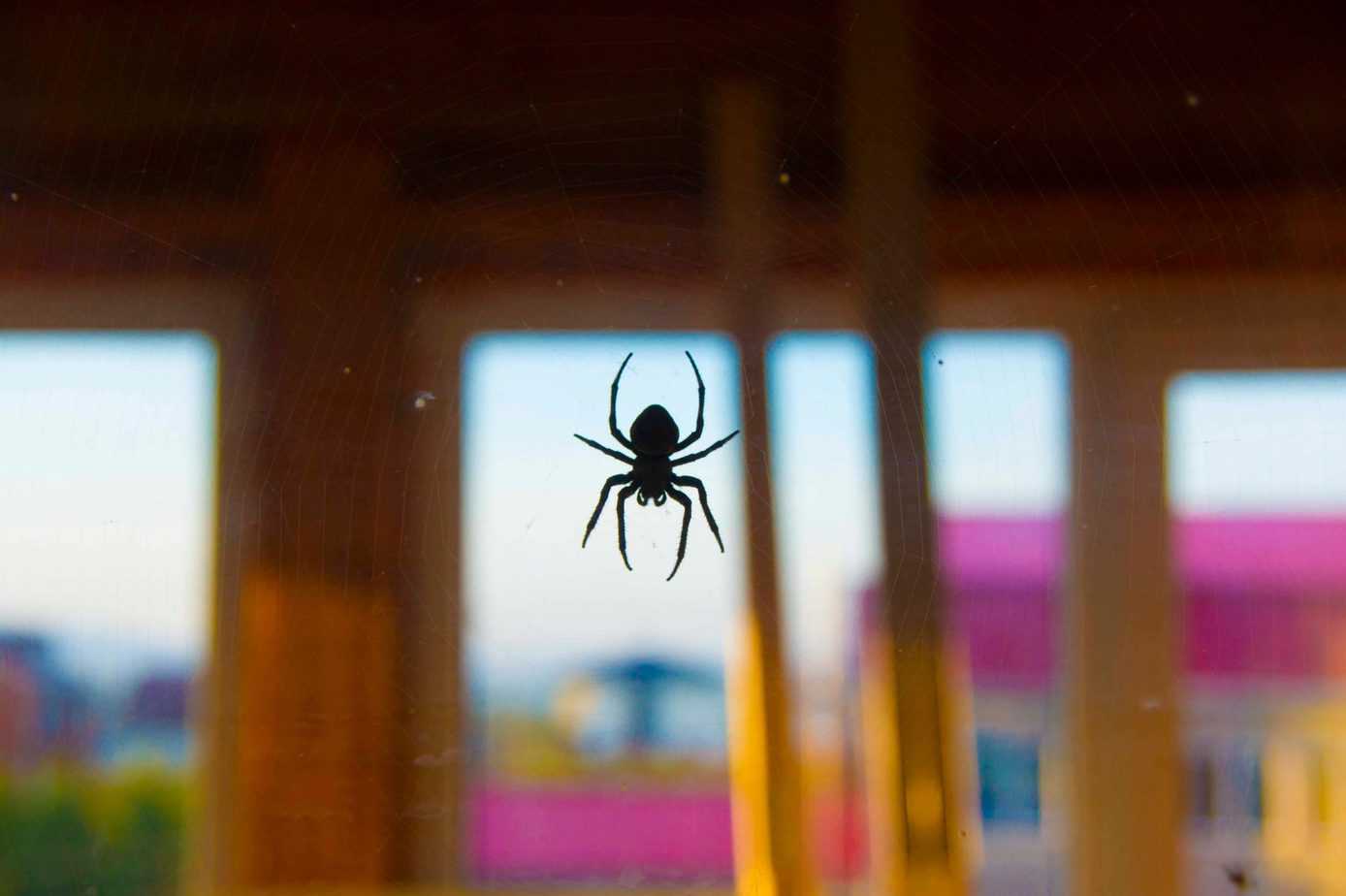
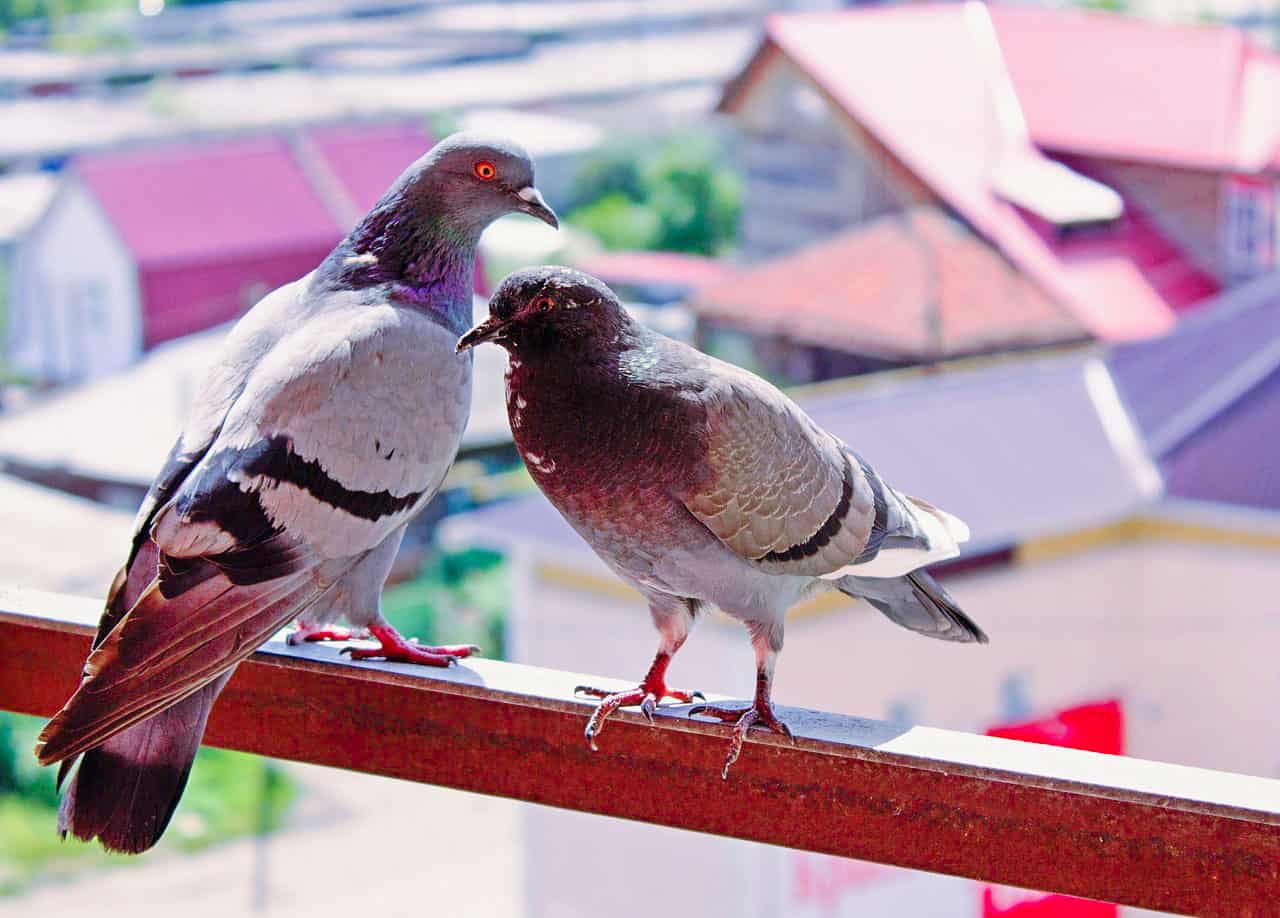
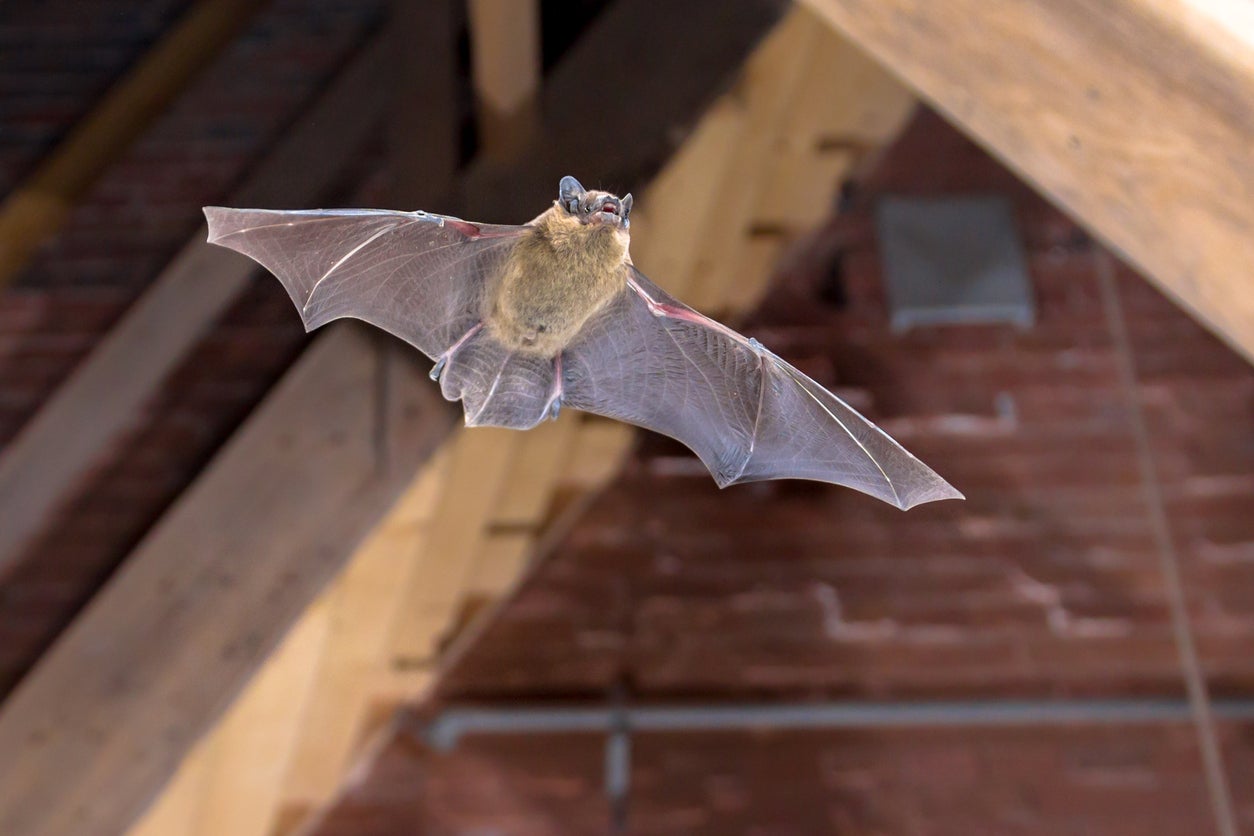
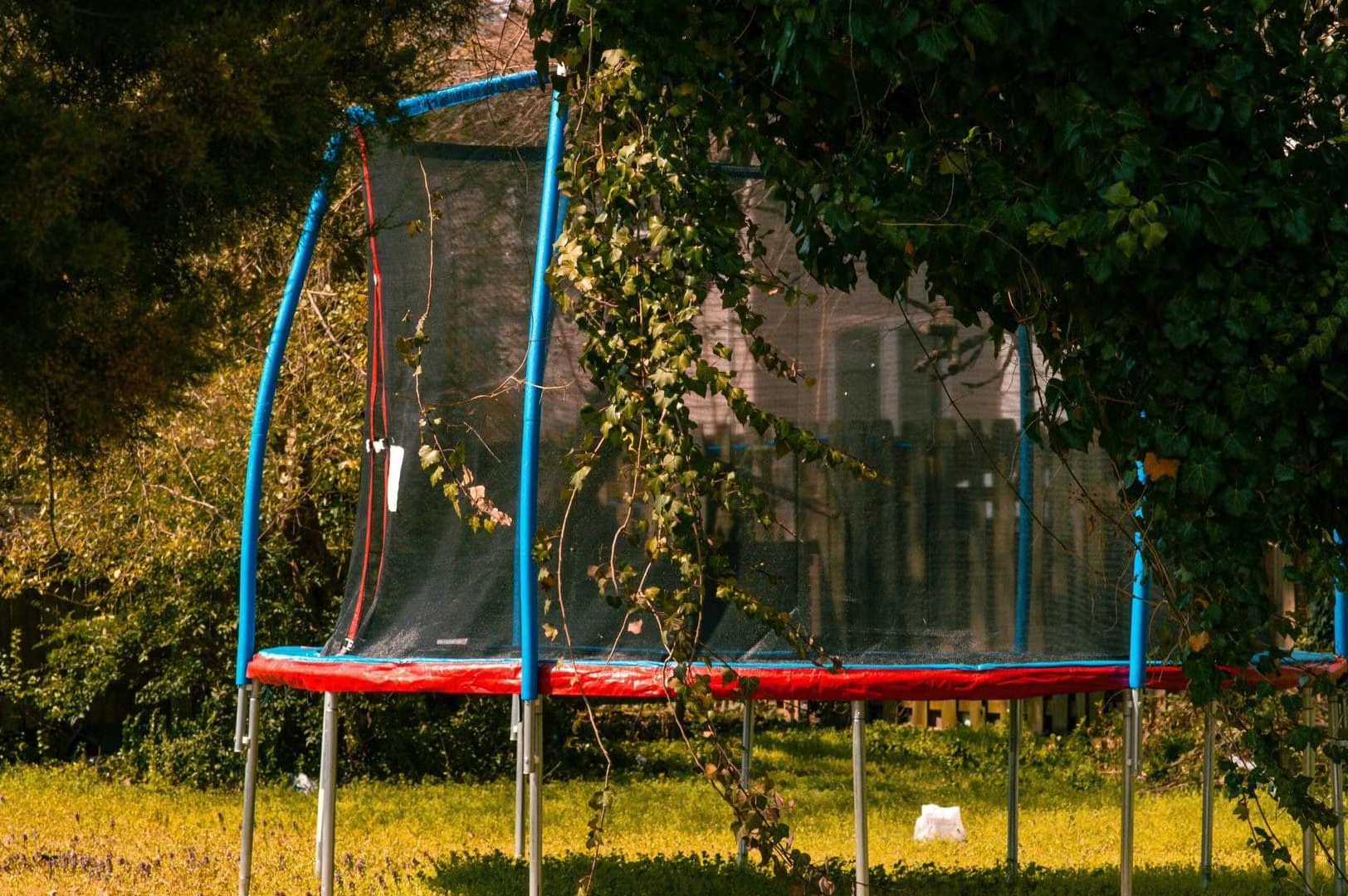
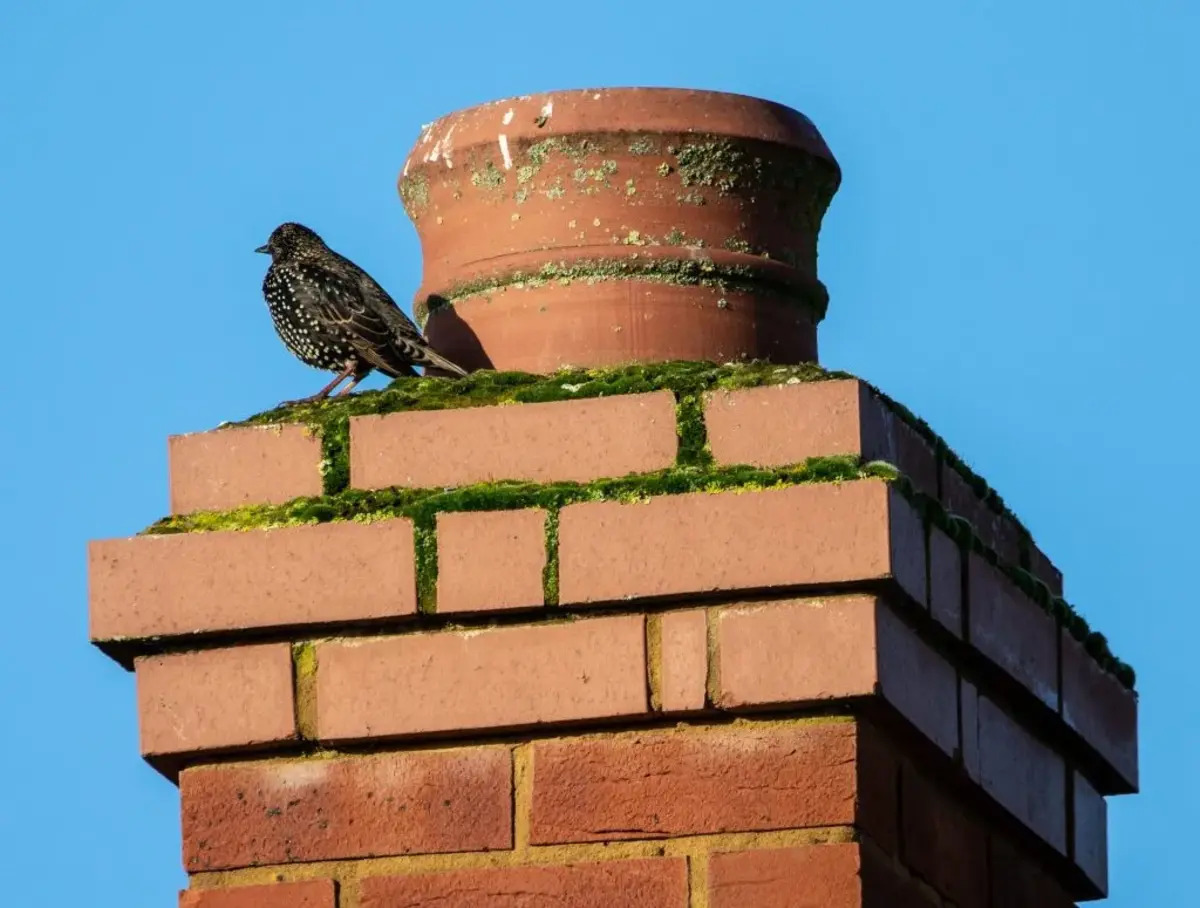

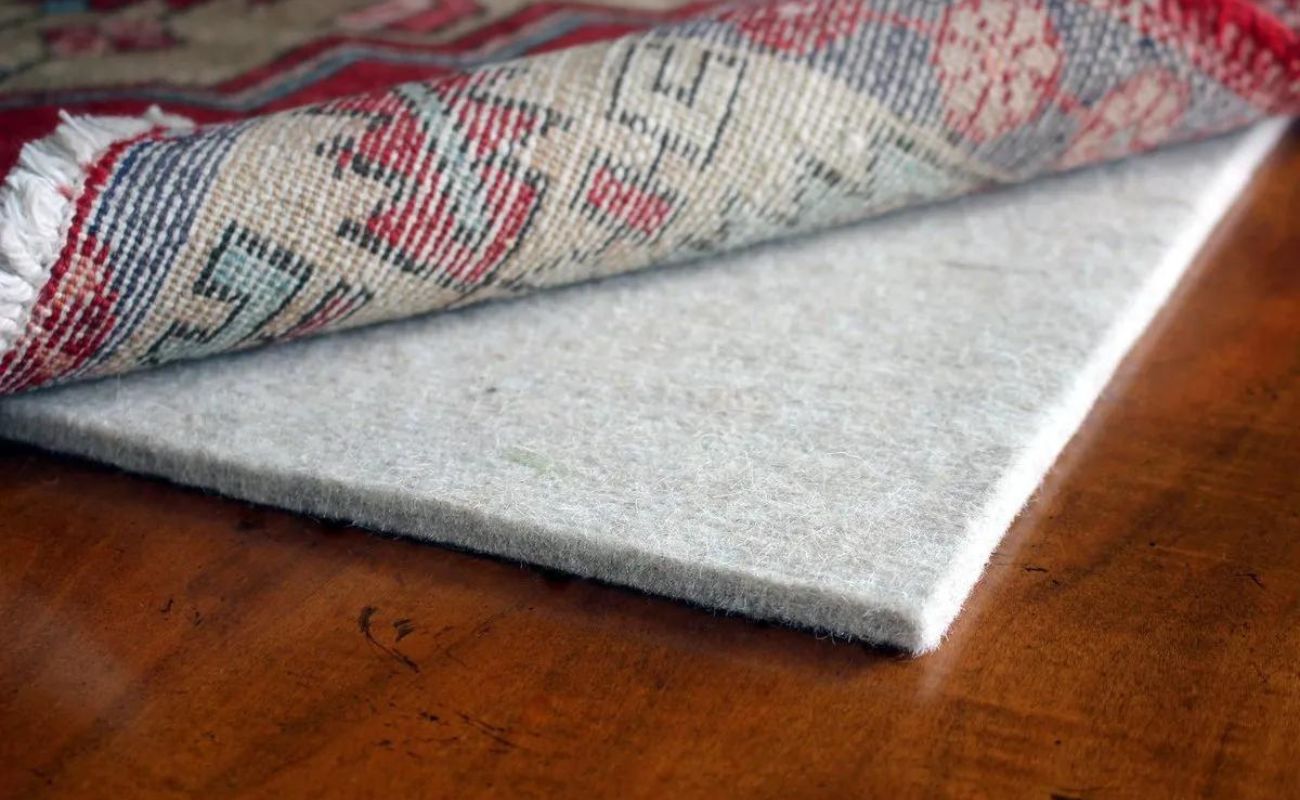
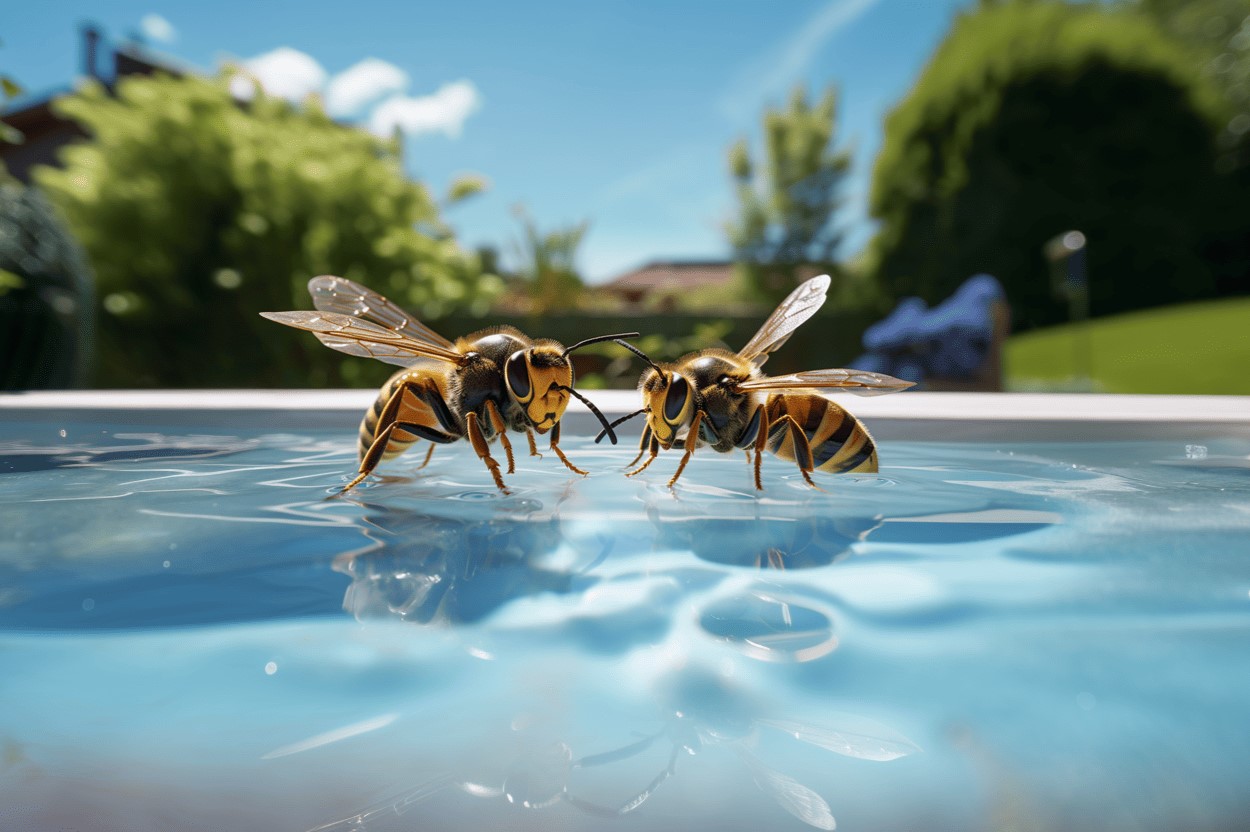
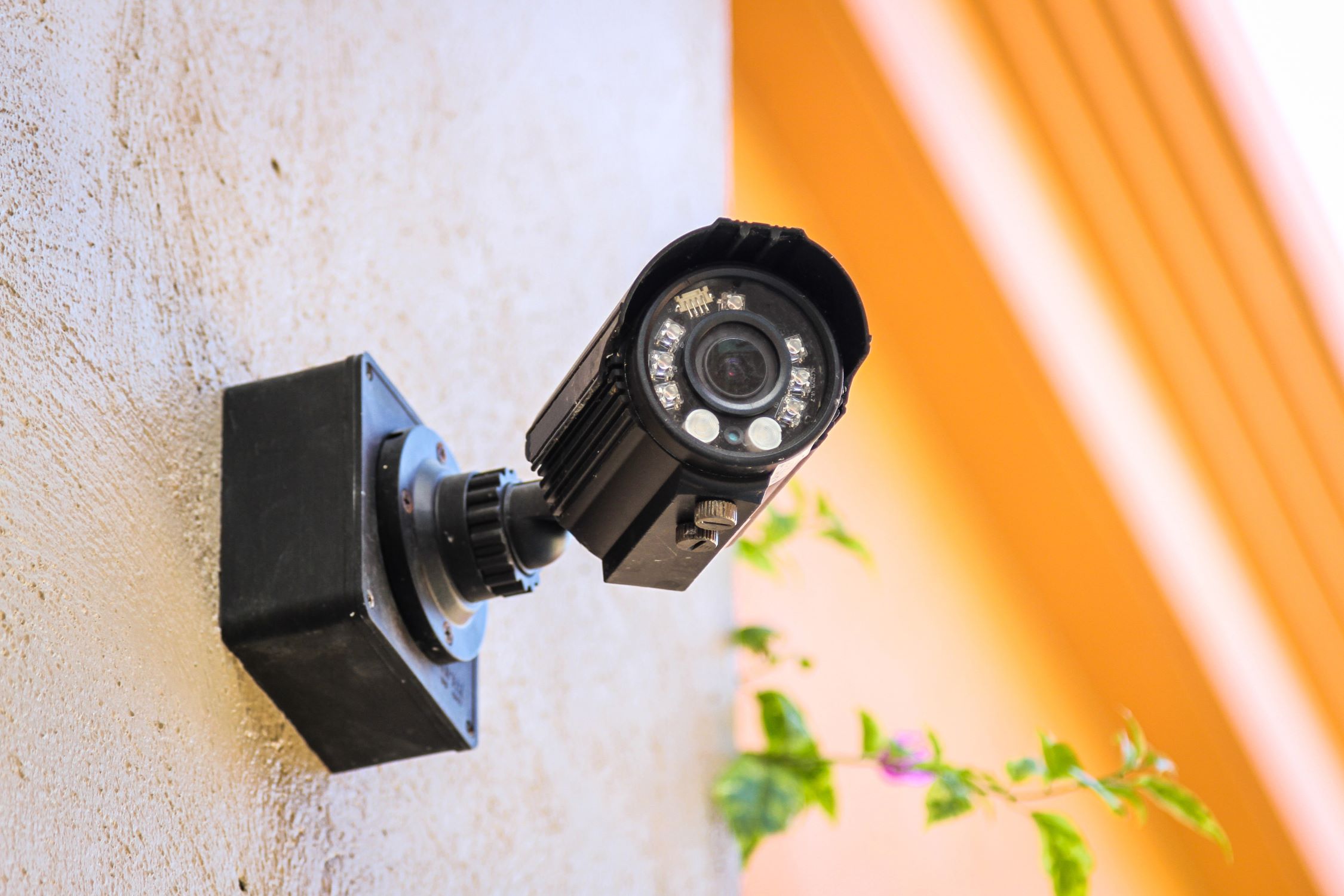

0 thoughts on “How To Keep Bees Away From Picnic”